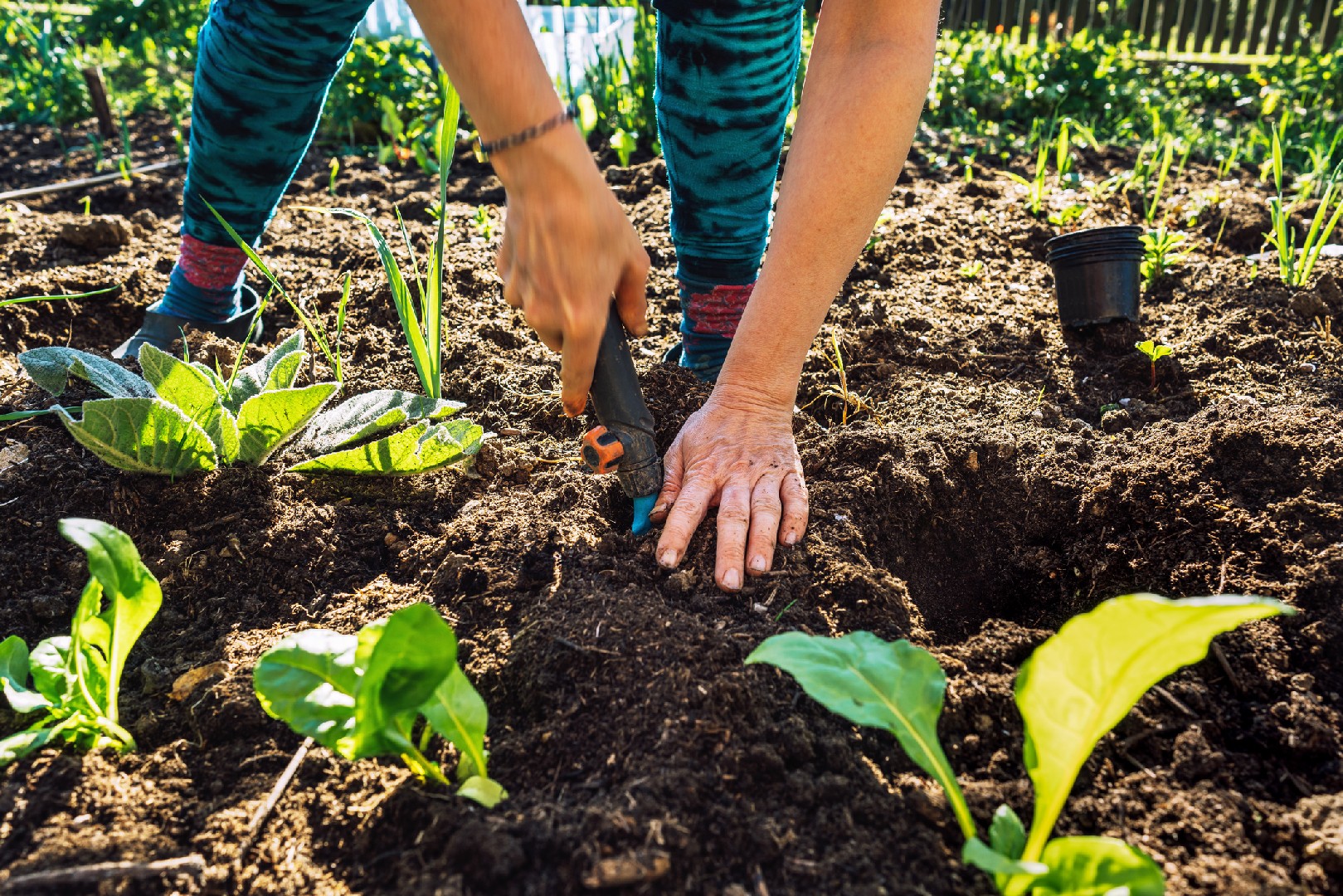![Rectangle]()
Compacted Soil: A Barrier to Lush Growth
When it comes to creating thriving edible gardens, the soil plays a crucial role. However, compacted soil can be a significant hindrance to lush growth. This occurs when the soil particles become tightly packed together, creating a dense and hard layer. It may not seem like a big issue at first, but compacted soil can have several negative effects on plants.
One of the primary issues with compacted soil is that it restricts the expansion of roots. When the soil is compacted, it becomes difficult for roots to penetrate and grow. As a result, the root system remains shallow and confined, leading to stunted growth. This can be particularly problematic for edible plants that require a deep and robust root system to access nutrients and moisture from the soil.
Another problem associated with compacted soil is poor drainage. When water cannot penetrate the soil easily, it tends to pool on the surface or form puddles. This excess water can lead to root rot and other diseases, ultimately harming the plants' overall health. Additionally, the lack of proper drainage can cause nutrients to leach away, depriving the plants of essential elements for growth.
Diminished soil oxygen levels are also a consequence of compacted soil. Oxygen is vital for root respiration and the growth of beneficial microbial life. When the soil is compacted, pockets of air within the soil are squeezed out, leaving little room for oxygen. Without sufficient oxygen, roots cannot function optimally, and beneficial soil organisms struggle to survive. This disruption in the soil ecosystem can further impact the plant's ability to access nutrients and can contribute to soil fertility decline.
To tackle compacted soil and create a suitable environment for thriving edible gardens, several methods and techniques can be employed. One effective approach is to aerate the soil by loosening it. This can be done by using a garden fork or a pitchfork to gently penetrate the soil, creating channels for air, water, and roots to move freely. Similarly, incorporating organic matter such as compost or well-rotted manure into the soil can help improve its structure and create a more favorable environment for roots to thrive.
Another technique that can aid in reducing soil compaction is the implementation of raised beds. Raised beds provide a controlled environment where the soil can be more easily managed. By filling these beds with a loose and well-draining soil mixture, compacted soil can be avoided altogether, providing plants with the ideal growing conditions.
Regular soil testing is also essential in identifying and addressing any nutrient deficiencies or imbalances that may be contributing to poor soil health. Testing the soil pH and nutrient levels can help determine the appropriate amount and type of fertilizers or soil amendments needed to improve the soil quality.
In conclusion, compacted soil can pose significant challenges to the growth and productivity of edible gardens. By understanding the negative effects of compacted soil and implementing appropriate methods and techniques, gardeners can overcome this barrier and create thriving environments for their plants. Aeration, incorporation of organic matter, raised beds, and regular soil testing are all valuable tools in the battle against compacted soil. By taking proactive steps to address this issue, gardeners can ensure lush growth and bountiful harvests from their edible gardens.





